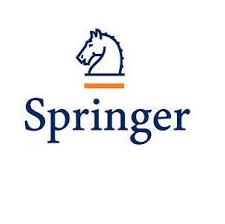6 Summary
A number of different themes were emphasized in this chapter. One assertion of the chapter is that brand equity can be measured indirectly, by measuring the potential sources of brand equity in terms of consumer brand knowledge, and directly, by 28 K.L. Keller and T.O. Brexendorf measuring the different possible outcomes or manifestations of brand equity in terms of differential effects of marketing activity. Measuring sources of brand equity involves profiling consumer knowledge structures. Measuring outcomes of brand equity involves approximating the various benefits realized from creating these sources of brand equity. This chapter outlined both of these approaches which are complementary and should be used together. The second major theme is that there are many different ways to assess consumer knowledge and thus potential sources of brand equity. Although it is particularly important to capture the breadth and depth of awareness; the strength, favorability, and uniqueness of brand associations; the favorability of consumer responses; and the intensity and activity of consumer loyalty, other qualitative and quantitative measures can and should be employed. Successful brand management requires a keen understanding of exactly how consumers think, feel, and act towards brands. A third key theme is the importance of developing tools and procedures as part of a brand equity measurement system to capitalize on research insights and observations. The brand value chain was also put forth as a means of tracing the effects of marketing investments on brand equity and ultimately shareholder value. Brand audits and tracking were highlighted as two means of uncovering and monitoring consumer brand knowledge. Three important tools for a brand equity measurement system are brand equity charters, brand equity reports, and a brand equity dashboard. In closing, perhaps the dominant theme in measuring brand equity is the need to employ a full complement of research techniques and processes that capture as much as possible the richness and complexity of brand equity (see Aaker 1996). Multiple techniques and measures are necessary to tap into all the various sources and outcomes of brand equity. Simplistic approaches to measuring brand equity – e.g., by attempting to estimate the equity of a brand with only one number – are potentially fraught with error and lack diagnostic or prescriptive power.








